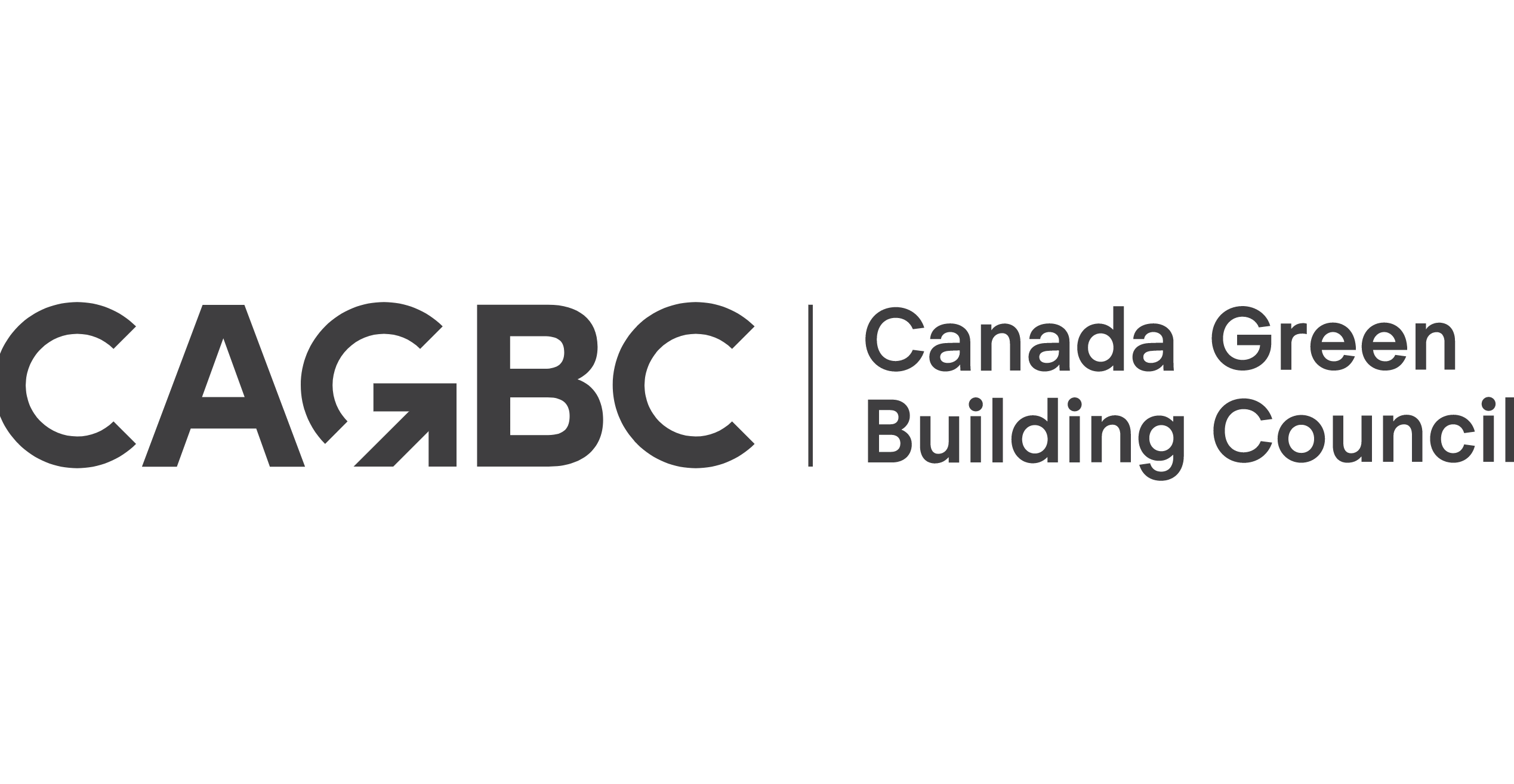
CaGBC updates zero-carbon building design standard
July 12, 2022
By CCE
“These changes were designed with an eye to simplicity and accessibility." - Doug Webber.
The Canada Green Building Council (CaGBC) has updated its Zero Carbon Building (ZCB) design standard to better incentivize energy efficiency and the use of alternatives to fossil fuels.
Version 3 (v3) of the standard prioritizes reductions in carbon emissions and embodied carbon and encourages energy-efficient designs to help get more buildings to zero faster.
“These updates to the standard are informed by two years of market and project feedback, as well as changing expectations of operational and embodied carbon emissions,” says Thomas Mueller, president and CEO of CaGBC. “Our research shows the industry needs flexibility in achieving zero carbon. That’s what our standard provides, without compromising our target to eliminate carbon emissions from buildings.”
By way of example, projects that eliminate combustion for space heating are no longer required to meet a thermal energy demand intensity (TEDI) target. Designers can optimize building enclosures and heating, ventilation and air conditioning (HVAC) systems for the best possible returns.
“This change gives projects the freedom to invest dollars to achieve the greatest impact at the lowest cost,” says Mark Hutchinson, vice-president (VP) of green building programs and innovation for CaGBC. “Teams might choose to invest in a geo-exchange system and completely electrify, rather than in additional envelope efficiency but still use air-source heat pumps and backup natural gas.”
The standard puts a limit on combustion, preventing it from being used unless the outdoor air temperature is below -10 C. This change ensures electrification of heating is the new default, only stopping at the point of system limitation. Today, all heat pump applications have options available to -10 C, while some go as low as -30 C. By choosing -10 C, the standard doesn’t prescribe a solution, but makes substantial electrification a requirement.
The standard introduces a prerequisite for embodied carbon, with the flexibility to choose between absolute embodied carbon targets or relative improvements over a baseline. The new limit is a step toward CaGBC’s goal of reducing embodied carbon by 40% by 2030. The organization has calculated that embodied carbon could represent as much as 93% of a new building’s cumulative emissions in 2050.
Collectively, the changes may prove particularly helpful for smaller buildings and multi-unit residential buildings (MURBs).
“These changes were designed with an eye to simplicity and accessibility,” says Doug Webber, chair of the zero-carbon steering committee and co-founder and principal of Purpose Building. “The intent is to reduce the cost and effort required to achieve the desired outcomes of certification and to open the standard to as many projects as possible. The changes will remove barriers some of our clients were facing,”
In June, CaGBC certified the 50th building under its ZCB standard, suggesting the market is ready for aggressive reductions of buildings’ carbon emissions. Registration for v3 is now open.
